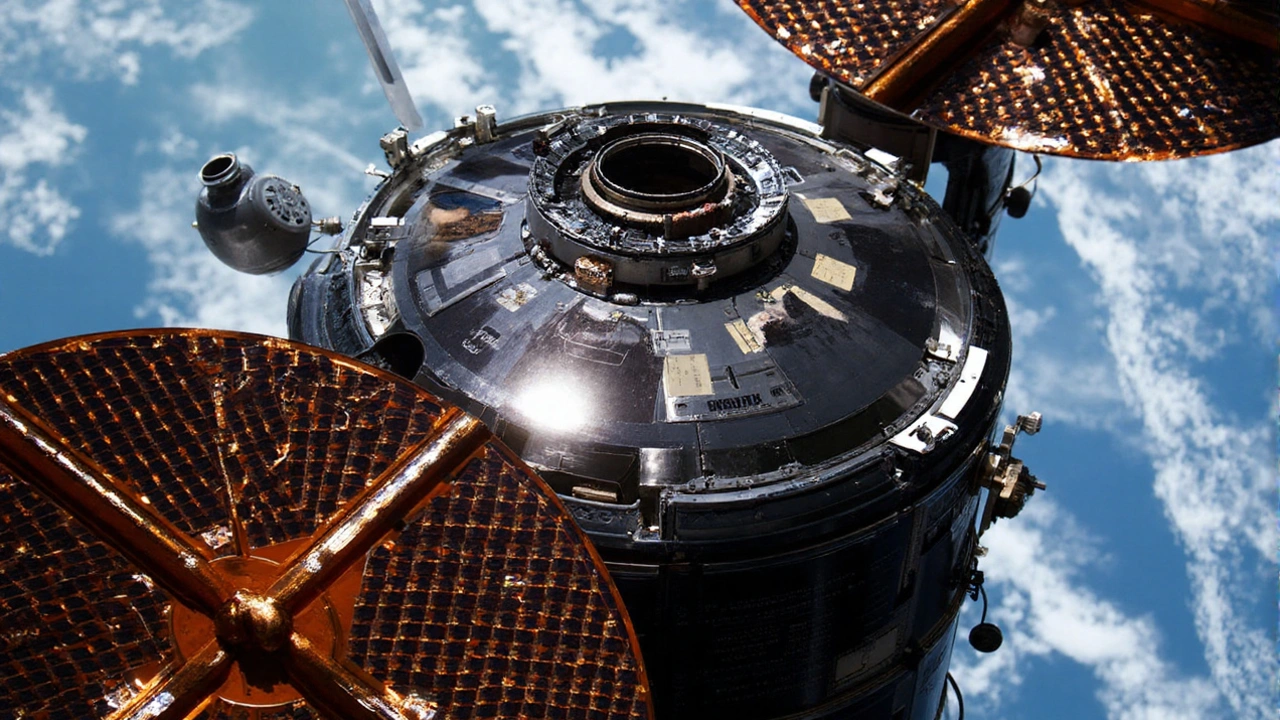International Space Station – Latest News, Missions & Crew Life
Wondering what’s happening up in low Earth orbit? The International Space Station (ISS) is buzzing with experiments, spacewalks, and everyday moments that shape the future of science. Below you’ll find the most useful facts, fresh updates, and a peek into daily life aboard the orbiting lab.
Current Missions and Experiments
NASA, ESA, Roscosmos, JAXA, and private partners keep the ISS stocked with research that can’t be done on the ground. Right now, the Alpha Magnetic Spectrometer is hunting for dark matter particles, while the Cold Atom Lab is freezing atoms to near‑absolute zero for quantum studies. Both projects help scientists answer big questions about the universe.
Another hot topic is the Microgravity Plant Growth experiment. Researchers are growing leafy greens in space to prove that fresh food can be produced on long‑duration missions. Early results show faster growth rates and higher nutritional content, a win for future trips to the Moon and Mars.
Every few weeks a new cargo vehicle docks – SpaceX’s Dragon, Northrop Grumman’s Cygnus, or Russia’s Progress. These ships deliver food, spare parts, and fresh science kits. The cargo crew unloads in a well‑rehearsed dance, then stows everything for the next experiment cycle.
Living on the ISS: Daily Life and Tips
Life on the ISS might look glamorous, but it’s a routine of discipline mixed with wonder. Astronauts wake up to a sunrise every 90 minutes, then start with a health check, a quick exercise session, and a scan of the day’s tasks. Exercise is vital – they spend about two hours on treadmills, resistance bands, and a bike to counteract muscle loss.
Food is mostly thermostabilized, but there are special treats like “space tacos” and “zero‑gravity coffee” that keep morale high. Crew members also have a few hours of personal time to watch movies, read, or video‑call family back on Earth. Those moments remind them why they’re up there.
One practical tip for future travelers: keep a tidy workstation. In microgravity, even a loose bolt can drift into equipment and cause problems. Astronauts use Velcro, magnetic strips, and labeled boxes to keep everything in place.
The ISS also serves as a platform for education. Live streams let classrooms watch experiments in real time, and kids can ask astronauts questions during scheduled Q&A sessions. This outreach inspires the next generation of engineers and scientists.
Looking ahead, the ISS will continue operating until at least 2030, after which commercial stations may take over. Regardless of who runs it, the data gathered today will guide every human step beyond Earth’s atmosphere.
Stay tuned to Daily Africa Global for fresh ISS updates, crew interviews, and behind‑the‑scenes looks at space research. Whether you’re a student, a hobbyist, or just curious, we’ll break down the science so you can follow the adventure without jargon.

Cygnus XL Overcomes Engine Glitch to Deliver 11,000 Pounds of Supplies to the ISS
Northrop Grumman's Cygnus XL reached the International Space Station on Sept. 18, 2025, after a one‑day delay caused by an engine shutdown. Engineers traced the hiccup to conservative software settings and quickly rewrote the burn plan. Astronauts Jonny Kim and Zena Cardman captured the spacecraft with Canadarm2. The extra‑large cargo ship carried over 11,000 lb of food, science gear, and spare parts. The mission highlights the resilience of NASA’s commercial resupply network.